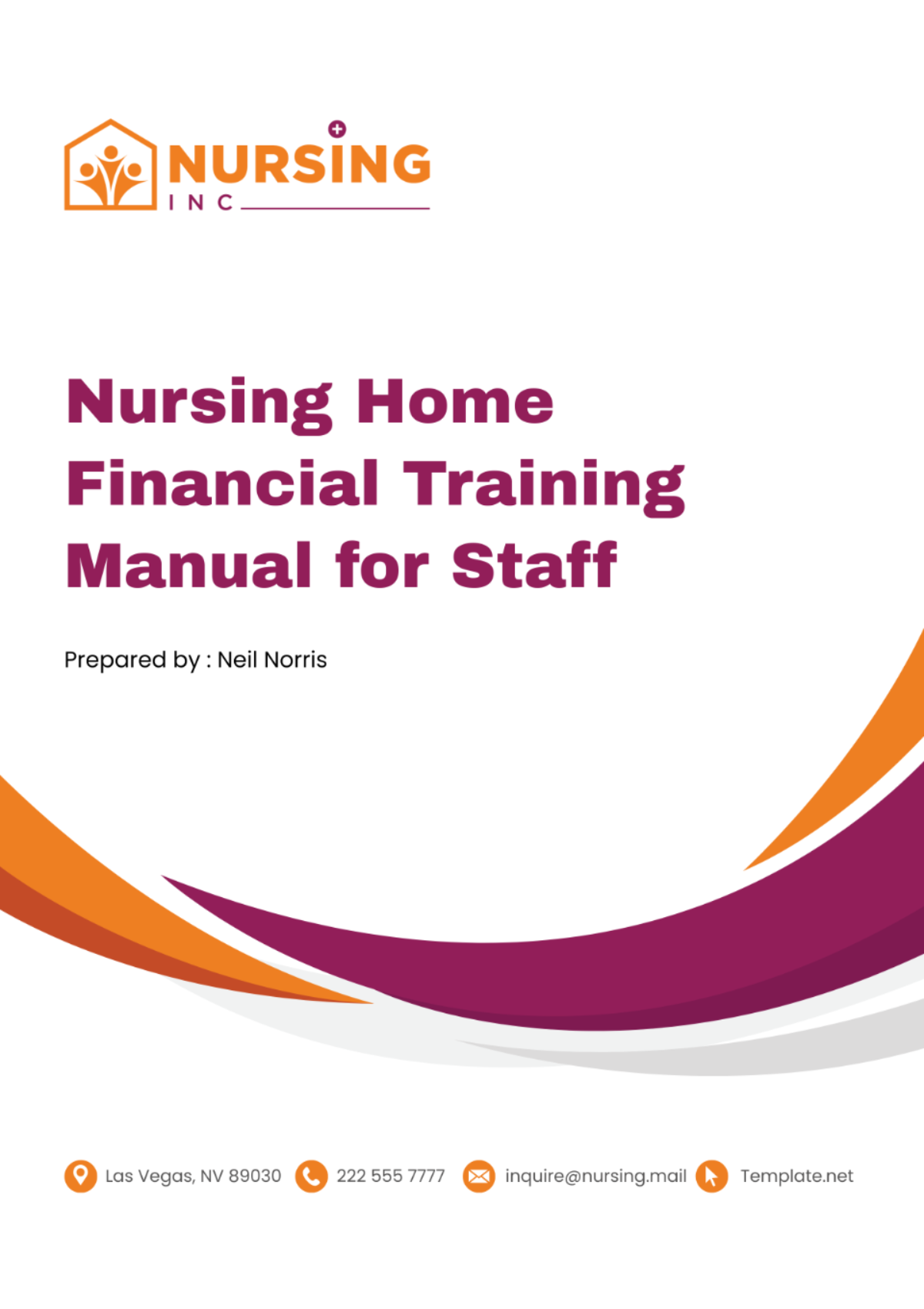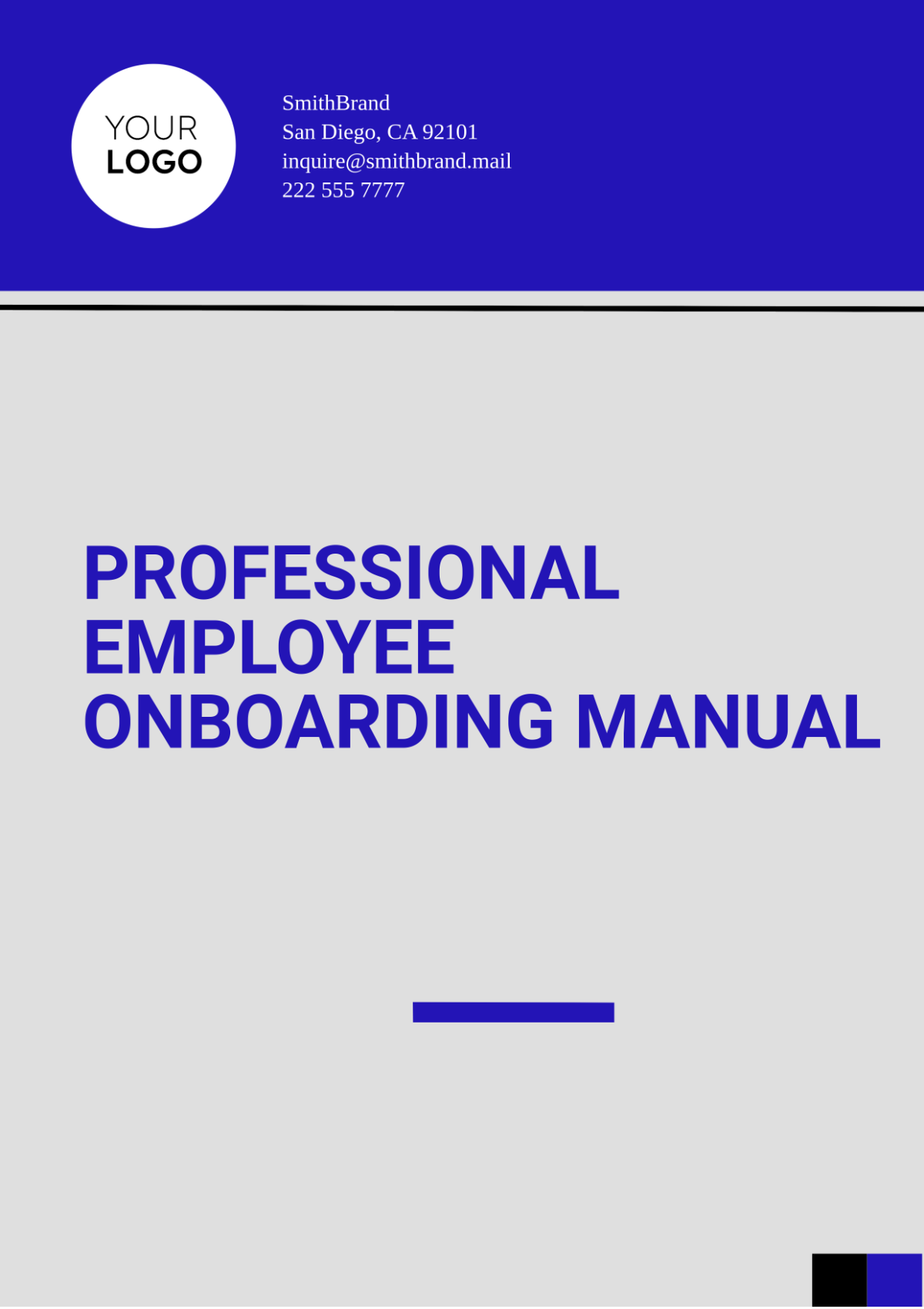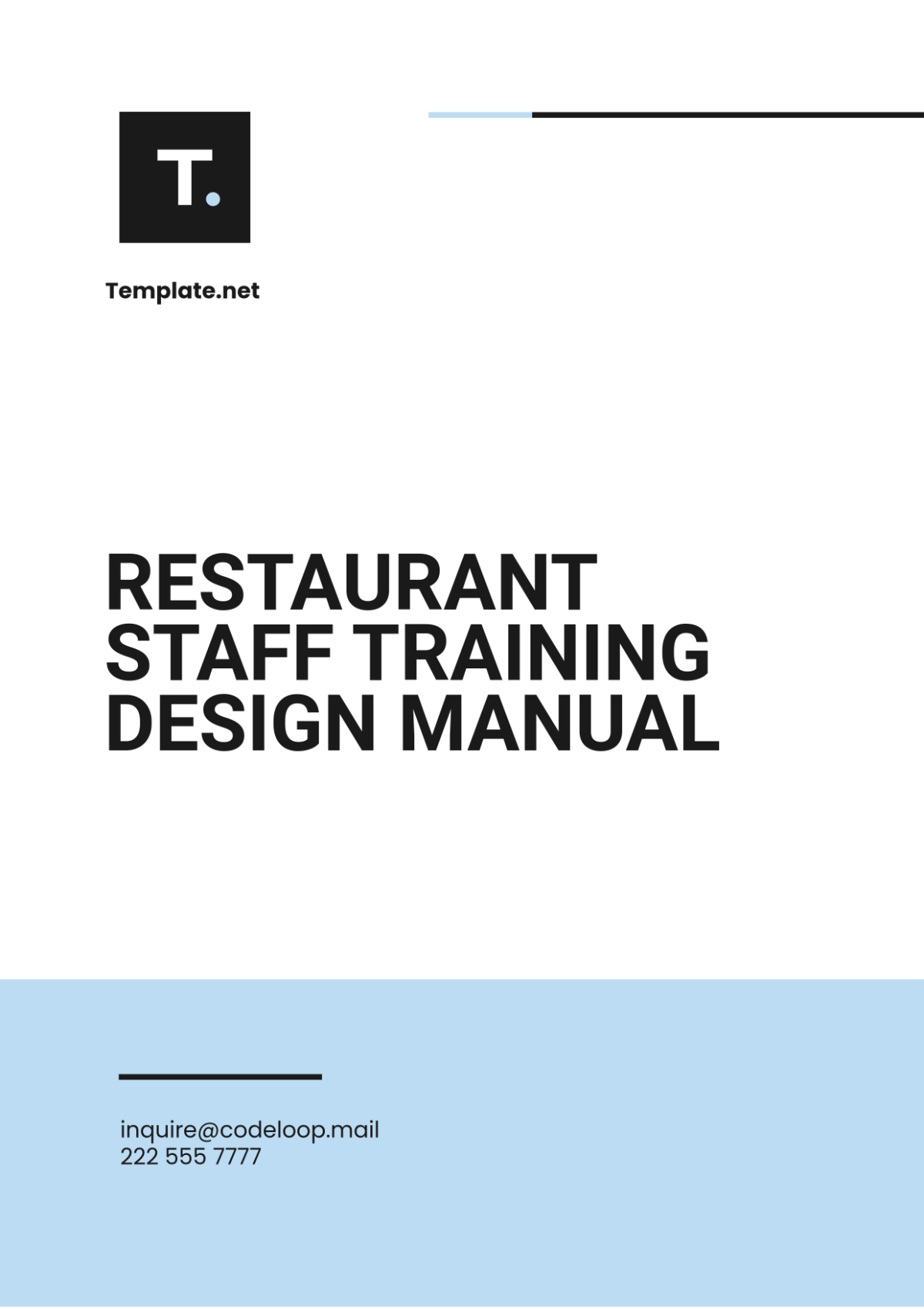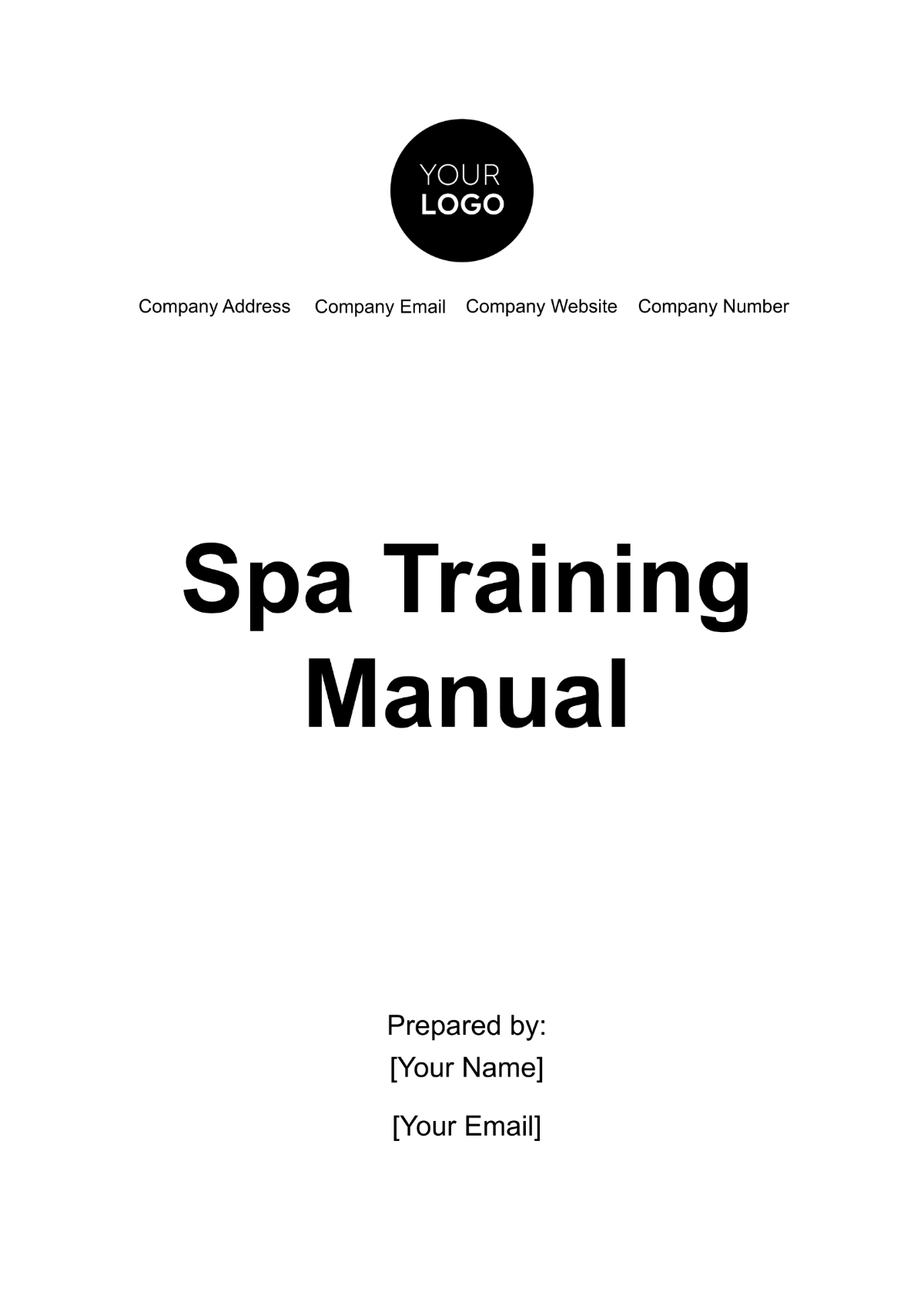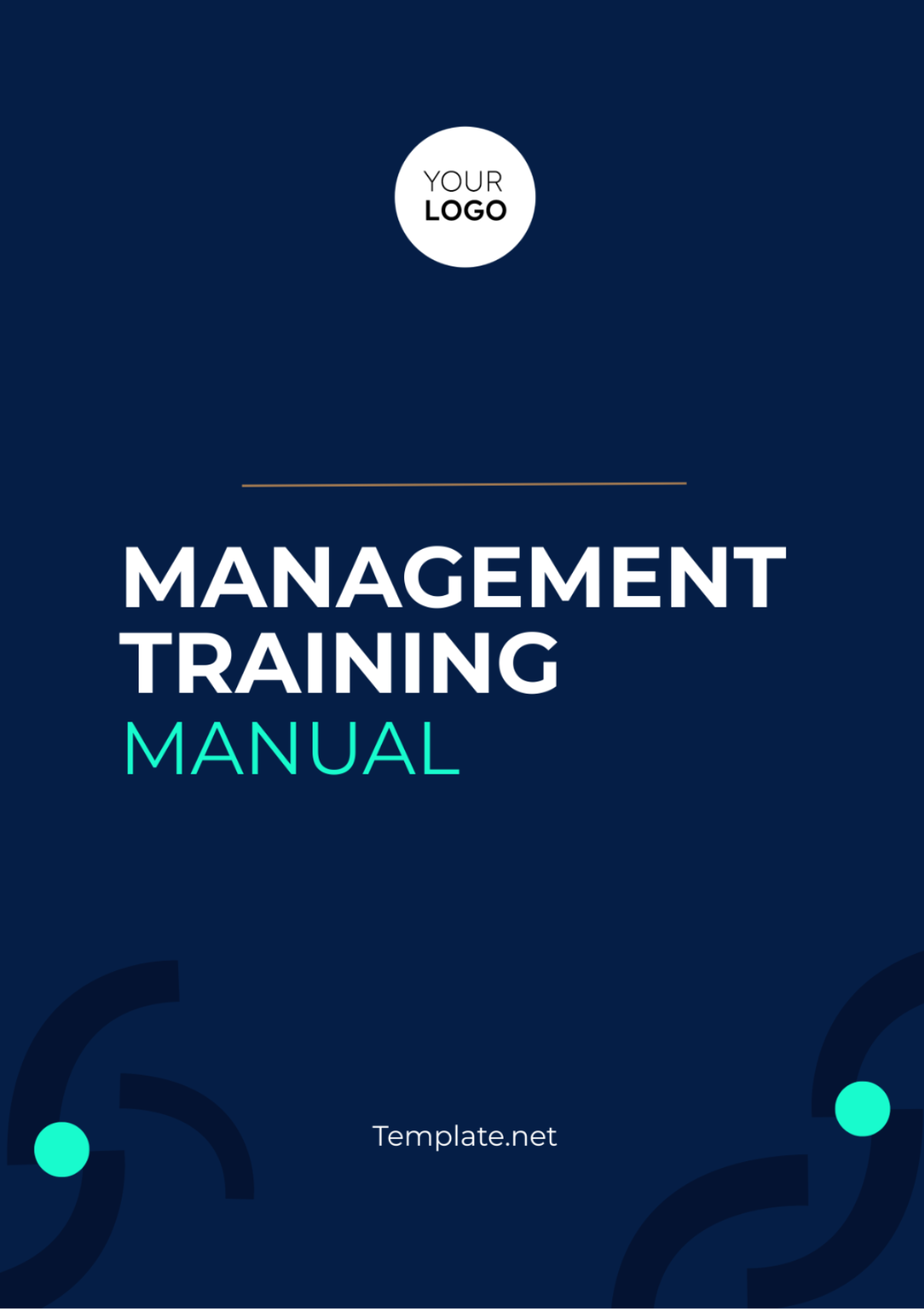Sales Training Manual for Networking Event Preparation
In this manual, you will learn how to effectively prepare for networking events to maximize your sales opportunities. Networking events provide a valuable platform for building connections and generating leads, and your preparation plays a crucial role in your success. This manual will guide you through the essential steps to ensure you make the most of these opportunities.
The Importance of Networking Events
Networking events serve as a powerful catalyst for sales professionals, offering a multitude of advantages:
Expand your Professional Network: These events are fertile grounds for forging meaningful connections with professionals from diverse industries. By growing your network, you access a wealth of resources, knowledge, and opportunities.
Generate New Leads and Potential Customers: Every interaction at a networking event has the potential to be a new lead. These encounters can lead to fruitful business relationships, conversions, and revenue growth.
Build Relationships with Key Industry Contacts: The opportunity to interact with key players in your industry can be transformative. Nurturing relationships with influential contacts can open doors to collaboration, strategic partnerships, and industry insights that may not be accessible otherwise.
Showcase your Products or Services: Networking events offer a platform to demonstrate the value your products or services provide. A well-prepared pitch can leave a lasting impression and create buzz around your offerings.
Gain Valuable Market Insights: Conversations at these events can be an invaluable source of market intelligence. Understanding industry trends, challenges, and emerging opportunities can guide your sales strategy and product development.
I. Setting Your Networking Event Goals
Before attending any networking event, it is crucial to establish clear, well-defined goals that will guide your actions and make your participation purposeful and productive. Setting goals not only helps you measure your success but also enhances your overall event preparation. Consider the following types of goals:
Types of Goals | Description |
|---|---|
Quantitative Goals |
|
Qualitative Goals |
|
A. Knowledge and Insight Goals:
Gaining industry insights: Seek to broaden your understanding of the industry, market trends, and competitor strategies by engaging in insightful conversations and attending relevant sessions.
Learning from successful peers: Identify successful individuals at the event who can share their experiences, knowledge, and strategies to help you improve your own sales skills and tactics.
II. Researching the Event
To effectively prepare for a networking event, thorough research is paramount. Here's a deeper dive into the key aspects you should investigate:
A. Event Schedule, Speakers, and Topics:
Begin by gaining a comprehensive understanding of the event's schedule. Identify the keynote speakers and session topics. Knowing the agenda helps you plan your day, ensuring you don't miss valuable sessions that align with your interests or goals.
B. Event Attendees:
Research the list of confirmed attendees, paying special attention to those you'd like to connect with. Investigate their professional backgrounds, current roles, and any common interests or mutual connections. This information will serve as valuable conversation starters and help you approach your networking with a purpose.
C. Sponsors and Exhibitors:
Explore the event's sponsors and exhibitors. These companies often have a significant presence at the event and might be potential collaboration partners or prospects. Understanding their products, services, and industry relevance can facilitate meaningful discussions and partnership opportunities.
D. Identify Competitors:
Don't overlook the presence of competitors at the event. Knowing who your competitors are and how they position themselves can inform your own strategies. It's an opportunity to learn from their approaches, adapt, and potentially identify areas where you can stand out.
III. Pre-Event Outreach
Before the event, proactively reaching out to individuals you wish to connect with can significantly boost your networking success. Craft a compelling, genuine message expressing your interest in meeting them at the event and laying the foundation for a meaningful conversation.
Sample Pre-Event Outreach Email:
Subject: An Opportunity to Connect at [Event Name] |
|---|
Dear [Name], I hope this message finds you well. As I eagerly anticipate [Event Name], I couldn't help but be drawn to your remarkable expertise in [Topic]. Your contributions to the field have truly made an impression. I believe that meaningful connections and collaborations are at the heart of any successful event. With our shared interests and goals in mind, I'd like to suggest that we seize the opportunity to meet during the event. This presents an ideal chance to exchange insights, explore potential synergies, and see how we can both benefit from our attendance. If you're open to it, I'd be thrilled to connect for a quick chat, sharing our thoughts, experiences, and aspirations. Your perspective is something I greatly value, and I believe our discussion could be mutually enriching. I look forward to the possibility of connecting in person and taking the first steps towards a valuable and productive conversation. Please let me know your availability, and we can arrange a suitable time to meet during the event. Best regards, [Your Name] |
IV. Elevator Pitch (Enhanced with Additional Examples)
Your elevator pitch is a critical tool for making a memorable first impression at networking events. Craft a concise and impactful pitch that you can deliver within 30 seconds. Your pitch should not only introduce yourself and your company but also clearly convey the unique value you offer to potential clients.
Example 1: |
|---|
"Hello, I'm [Your Name], and I'm with [Your Company Name]. We specialize in [Your Unique Selling Proposition], which is a game-changer for businesses. We help companies [Solve a Specific Problem], resulting in [Specific Benefit or Outcome]. I'd love to learn more about your challenges and see how we can work together to achieve [Desired Result]." |
Example 2: |
|---|
"Greetings, I'm [Your Name], and I represent [Your Company Name]. Our expertise lies in [Your Unique Selling Proposition], which transforms the way businesses tackle [A Relevant Industry Challenge]. This has led to significant improvements in [Specific Metric or Outcome]. I'm excited to hear more about your goals and explore how our solutions can be tailored to your needs." |
Example 3: |
|---|
"Hi there, I'm [Your Name], and I'm proud to be part of [Your Company Name]. We're renowned for [Your Unique Selling Proposition], an innovation that has revolutionized how [Target Industry] addresses [A Common Pain Point]. This innovation has resulted in [Notable Success Metric], and I'm eager to understand how it can contribute to your business objectives.” |
In crafting your elevator pitch, remember to keep it engaging and adaptable to the specific context or audience at the networking event. The key is to convey your value proposition clearly and leave your listener intrigued and eager to learn more about what you can offer. Practice your pitch until it flows naturally, and be ready to adjust it based on the interests and needs of the person you're engaging with.
V. Preparing Your Marketing Materials
Successful preparation of marketing materials is a critical component of your networking event strategy. These materials will help you leave a lasting impression and provide valuable information to potential clients and contacts. Here's what you need:
A. Business Cards with a Personal Touch:
Your business card is your first point of contact with a potential client or contact. Ensure that it's not just a piece of paper but a reflection of your professionalism and brand identity. Include your name, title, contact information, and a brief tagline that conveys your unique selling proposition. Consider a unique design or finish that sets your card apart.
B. Compelling Brochures or Flyers:
Your brochures or flyers are the vehicles to showcase your products or services. These should be visually appealing, easy to read, and filled with compelling content. Highlight key benefits and solutions that your offerings bring to your clients. Include high-quality images and, if possible, client testimonials for added credibility.
C. Technology for Interactive Presentations:
In the digital age, it's advantageous to have a tablet or laptop on hand to showcase presentations or demonstrate your products or services. Interactive visuals can engage potential clients and make your pitch more memorable. Ensure your device is charged, your presentations are up to date, and you have any necessary adapters or connectors.
D. Branded Merchandise to Leave a Mark:
Branded merchandise, such as pens, notepads, or other giveaways, can be a memorable touch that leaves a lasting impression. These items serve as a constant reminder of your brand and can be an effective way to maintain visibility even after the event. Make sure the merchandise aligns with your brand's aesthetics and message.
VI. Dress and Presentation
Your appearance and presentation are paramount. The way you present yourself at a networking event can significantly impact the impressions you make and the connections you establish. Here's how to ensure you leave a memorable and positive impression:
Dress Appropriately: Dress professionally and in adherence to the event's dress code. Your attire should reflect your industry and the event's formality. Pay attention to the details, from your attire's cleanliness to the choice of accessories.
Confidence Matters: Confidence is a magnetic quality that draws people toward you. Maintain good posture, walk with purpose, and make eye contact when engaging with others. Exuding confidence will make you more approachable and credible.
Smile and Approachability: A warm and genuine smile can put others at ease and encourage them to engage with you. Be approachable by showing openness to conversation and a willingness to listen.
Effective Body Language: Your non-verbal communication speaks volumes. Avoid crossing your arms, as it may appear defensive. Use open gestures to convey receptivity and interest. Maintain a firm handshake and avoid fidgeting.
Attention to Detail: Pay attention to the small things that can make a big difference. Ensure your grooming is impeccable, and your breath is fresh. A well-groomed appearance demonstrates your respect for yourself and others.
Elevator Pitch Delivery: When delivering your elevator pitch, do so with enthusiasm and conviction. Let your passion for your company and its offerings shine through your words and expressions.
VII. Event Follow-Up
Post-event follow-up is essential to nurture the connections you've made. Send personalized follow-up emails within a few days of the event, expressing your appreciation for the conversation and your interest in continuing the discussion.
Sample Follow-Up Email:
Subject: It was a pleasure meeting you at [Event Name] |
|---|
Dear [Name], I thoroughly enjoyed our conversation at [Event Name]. It was inspiring to learn about [Highlight Something Specific]. I'd like to continue our discussion and explore how we can collaborate. When are you available for a follow-up call or meeting? Looking forward to our future discussions. Best regards, [Your Name] |
VIII. Continuous Improvement
Networking event preparation is not a one-time endeavor but an ongoing process that can significantly impact your long-term success. After each event, it's essential to reflect on your experience, assess your performance, and identify areas for improvement. Here's how to make continuous improvement a part of your networking event strategy:
Post-Event Evaluation: Take the time to evaluate your performance immediately after the event. Ask yourself questions like:
Did I achieve my goals?
What worked well in my approach?
What could have been done better?
Feedback Gathering: Seek feedback from colleagues or mentors who attended the event or who have experience with networking. They may provide valuable insights that you might have missed.
Identifying Weak Points: Pinpoint areas where you feel you could have been more effective, whether it's in your elevator pitch, follow-up communication, or overall networking strategy.
Refining Your Strategies: Once you've identified the areas for improvement, develop an action plan to address them. It could involve practicing your elevator pitch, enhancing your follow-up process, or adjusting your pre-event research methods.
Continuous Learning: Stay updated on the latest trends in your industry and networking best practices. Attend workshops, seminars, or webinars to gain new skills and knowledge that can boost your networking effectiveness.
Networking Event Feedback Loop: Consider creating a feedback loop for yourself, tracking your performance over multiple events. This can help you monitor your progress and fine-tune your strategies over time.
IX. Conclusion
In conclusion, preparing for networking events is an essential skill that can significantly impact the success of our sales initiatives. By applying the strategies outlined in this manual, [Your Company Name]'s sales team is equipped to make the most out of every interaction, fostering meaningful connections that can lead to fruitful business opportunities. Remember, effective networking is not just about expanding your contact list—it's about building relationships that are beneficial for all parties involved.
As we move forward, let's approach each event with confidence, professionalism, and the shared goal of driving [Your Company Name] towards greater success. Keep honing your networking skills, stay curious, and never underestimate the power of a genuine connection. Together, we can turn every event into a stepping stone for growth and achievement.






















